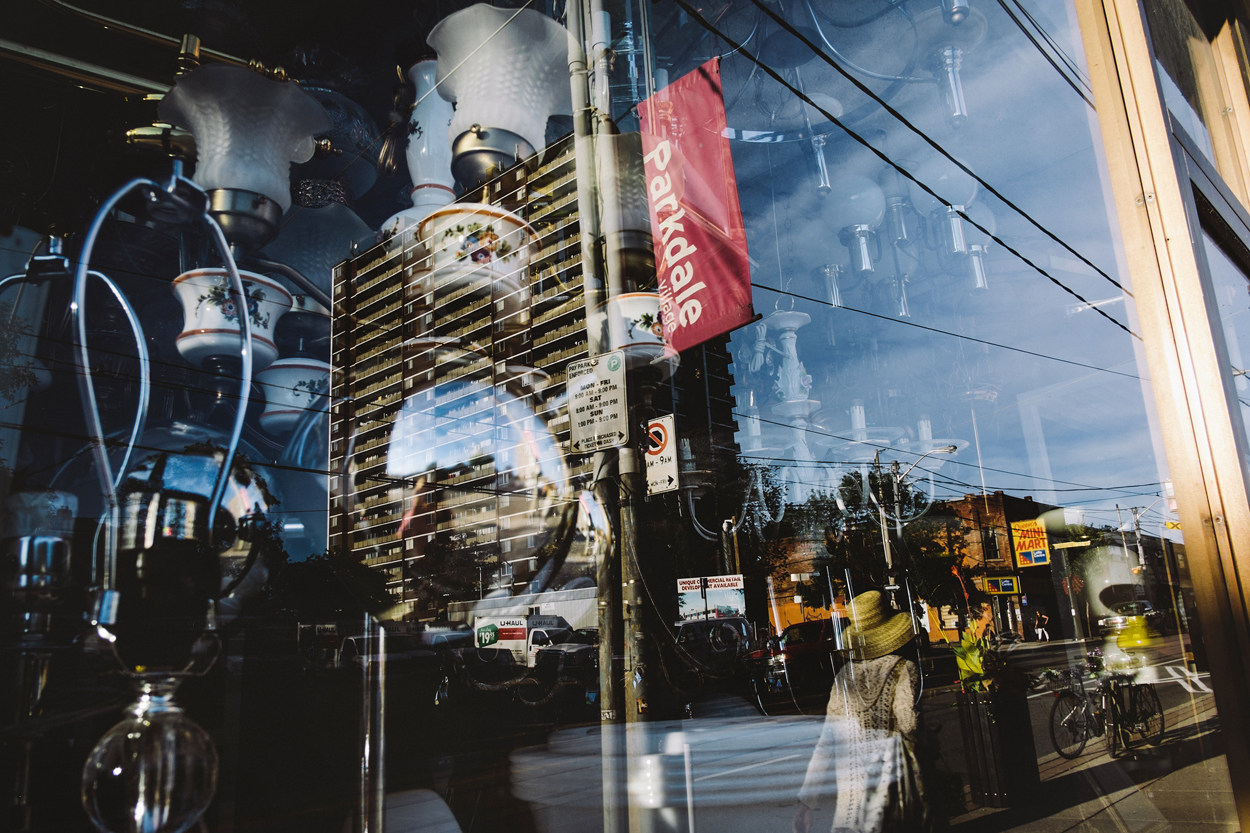Beautiful Chaos: The Parkdale of My Heart*
wtitten by Emily Pohl-Weary
photography by Ryan Tacay
(A photo essay created with the initiative of the Koffler Arts “X-Neighbourhoods” project in collaboration with Toronto Clicks)
Almost my entire life has been spent within the little box of Toronto’s downtown west-end. Walk out of my childhood home, turn in one direction and skyscrapers bite the sky, turn in the other and a scar-like expressway extends forever, separating the city from the polluted lake and the evils of small-town Ontario.

Parkdale isn’t lovely in any conventional sense. It’s a beautiful mess of neon-bright colours, perpetual gridlock, people from all walks of life and social strata, graffiti art, garbage, crumbling brick, and grey cement. The exorbitant cost of living, condominium developers, and pressure to gentrify may have forced steady change on it, but its heart remains. It’s a layered, intersectional part of the city, and while it may be possible to stay in your own particular layer some of the time, walking from one block to the next, you’ll pass chichi coffee shops, rooming houses, and faltering businesses.
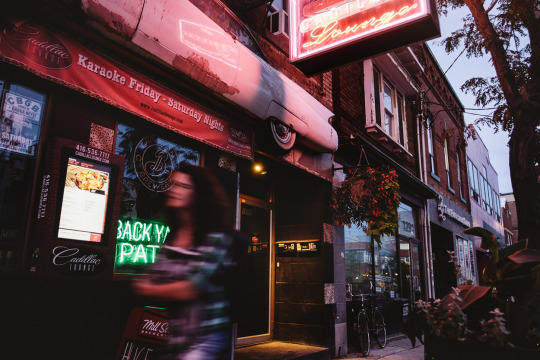


Growing up there in the 1980s—the decade that brought us Pac-Man’s release, Michael Jackson’s Thriller, and the World-Wide Web—I found comfort in the fact that maps were superfluous. I felt my way around with my eyes half-closed—sometimes reading a book or singing along to music. I loved shortcuts and back alleys. Some people preferred fine art galleries, but I would just head to my neighbourhood’s shadowy places to look at the ever-changing murals. Sticky situations were handled by making eye contact, picking my nose, giving someone the finger, ducking into a corner store, or hailing a cab.
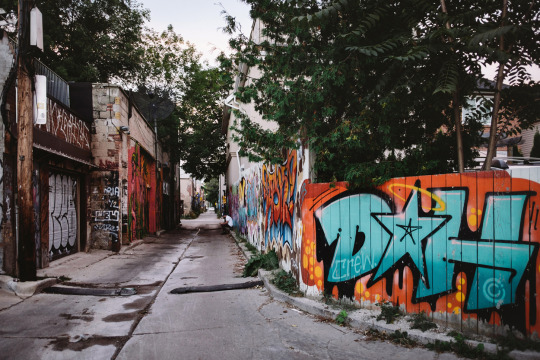

I learned to appreciate the things people who fled to the suburbs warned you about: chaos, the ugliness of haphazard growth, and “crazy” people. Given the choice between sterile serenity and hectic density, I always chose the latter. I’d still rather schlep my sorry ass around the city on crowded streetcars, with sweaty businesswomen in polyester suits breathing fishily down my neck, than live an enclosed bubble existence.
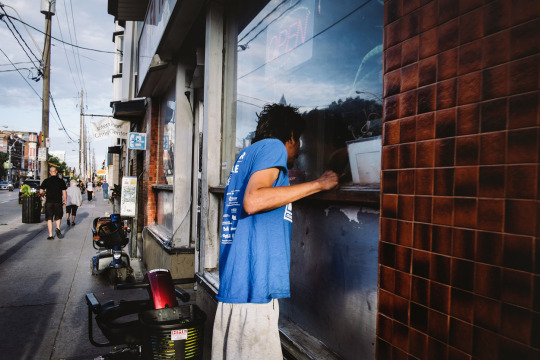

In Parkdale, nothing was truly private, and nobody bothered to pretend, because we lived on top of each other, and were forced to witness each other’s private moments and humiliations. Often we pretended not to see. But not always. A few years after my parents divorced, when I was about nine, my father moved to a tiny dead-end street called Virtue that consisted of about twenty houses. Virtue Street was an enclave of gossips who seemed to know and see all.
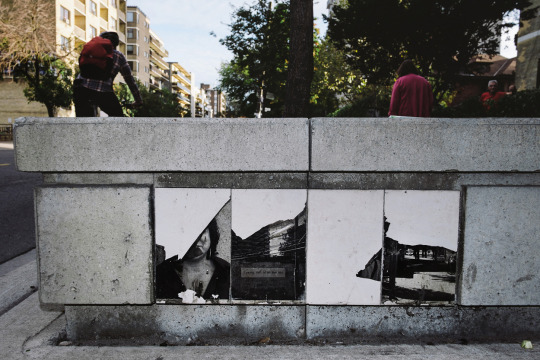
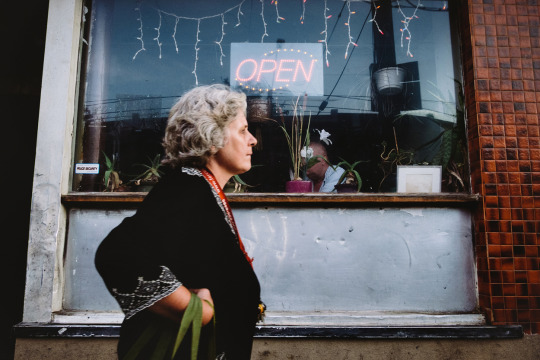
Every couple weeks, I stuffed all my clothing and school books into big black garbage bags, and lumped them on my back from one parent’s house to the other past the corner where the sex workers did business—they kept an eye on me. On foot seemed like the most hassle-free way to go. Waiting for a drive was intolerable, because I was an empowered, independent sort of girl who thought she was Nancy Drew incarnate. I took action, investigating all potential mysteries, taking people’s fingerprints, examining their handwriting, and poking around abandoned buildings for clues. Only now do I realize that maybe some of those things weren’t so safe.
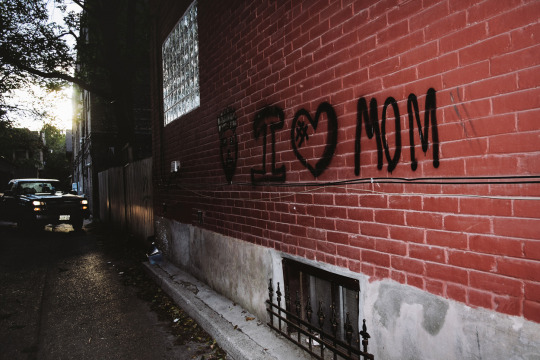

An insatiable desire to understand the why and what of my universe eventually turned me into a writer. It was either that or an anthropologist. There were so many characters. It was virtually impossible not to interact with someone on the way to the corner store. I remember this one man, an outpatient from the nearby mental health hospital, who sat on our corner, rocking back and forth, with his hands over his face, whispering his traumas. Summer, autumn, winter, and spring came and went, year after year, but he was still there, wearing thin lace-up leather shoes with no socks. We never spoke a single word to each other, and I have no clue whether he even saw me, but I was grateful for the sight of him there by the streetcar stop, because it meant I was home.
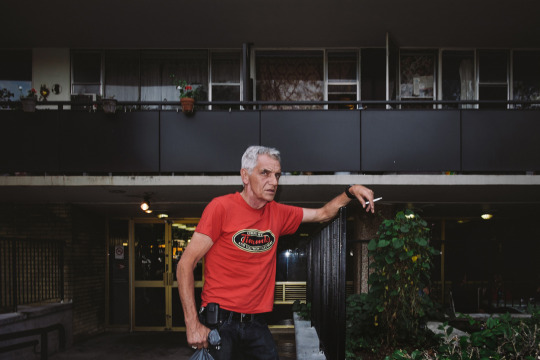

He is just one of the memories that follow me around the area. Rita Cox, the local children’s librarian, told the best Anansi the trickster stories. She saved incredible dress-up costumes for all her Parkdale “kids” in the basement of the library and rounded us all up so we could dance in the carnivalesque Children’s Caribana along the waterfront. I fell in love with steel bands, and the fact that gorgeous music could be made from the lid of a garbage can or an empty oil drum. That’s the music in my head when I think of Parkdale.
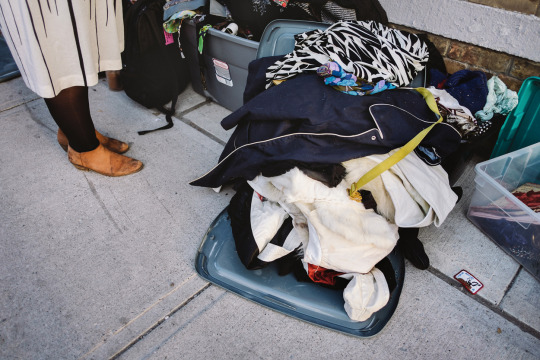
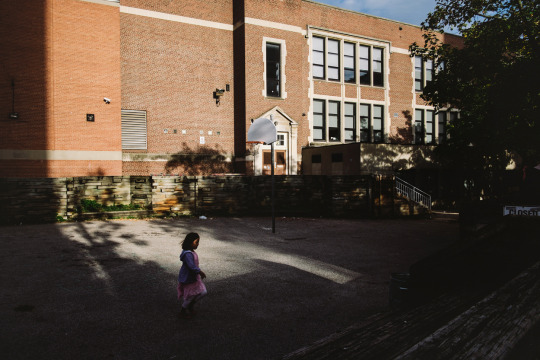
There was my best friend Sheena, who moved away, but used to live in the duplex unit upstairs from us. She was an amazing dancer and made me practice routines to Madonna’s early oeuvre and the Rocky Horror Picture Show until I pretended to hear my mother calling me for dinner. She was also the best teacher of everything naughty. She showed me how to light cigarette butts with a magnifying glass, how to cut a hole in my screen window so we could escape at night (or let the boys in), how to dress for clubbing, and how to do a strip tease the sexy way.

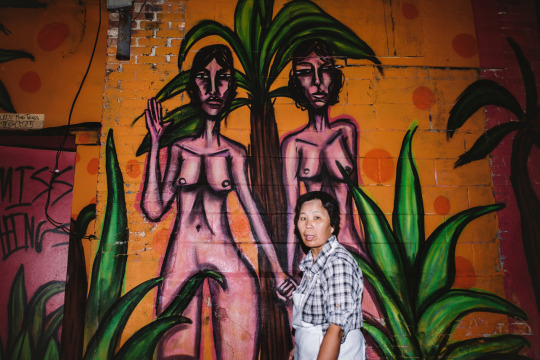
I once saw a man have a heart attack on Queen Street, within spitting distance of two beat cops, who did nothing until I screamed at them to call an ambulance. A frail Bird Lady lived in a boarding house on my street, and her family consisted solely of the pigeons she fed every afternoon. Her head was injured one day, when her door was busted down during a raid on her building, so I brought her flowers from the lilac bushes in our front yard, and asked why she’d refused to go to the hospital. She was convinced they’d lock her up.

A person’s life was both worthless and priceless at the same time. It just depended on who was doing the measuring. Some people would be there for you no matter what, others would steal the shoes off your feet. Understanding this was the key to how the community functioned. If you were an insider, you were pretty safe, unless you crossed certain lines.
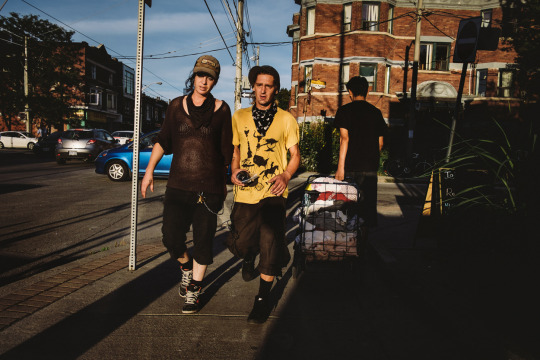
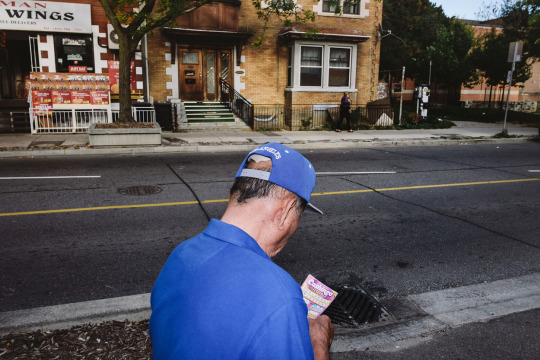
But when I traveled just twenty blocks in any direction, the rules changed. I got disoriented. People became inscrutable. North was no longer up, south wasn’t down. Things were further apart, more uniform, less familiar. If I went just a bit further, and blinked for a moment, when I opened my eyes, I’d shifted into a parallel universe.


In some ways, flying through space would have been more appropriate than taking the subway out to North York. Everything matched: people, houses, box stores. I immediately missed the sound of a thousand different voices, the strains of every kind of music in the world floating down from open windows and out of tricked-out Honda Civics. Parkdale always had its own particular vibe.

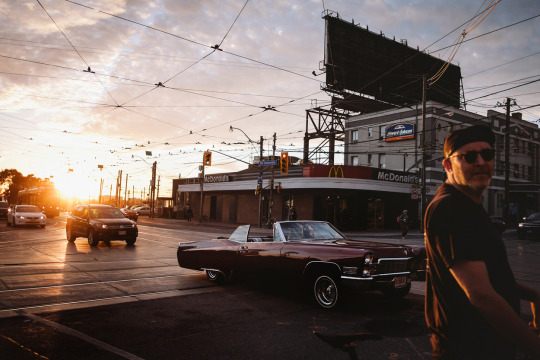
So I always returned with a sense of relief. While forays outside the little box were enlightening, nothing beat familiarity. Besides, a mental chasm existed between the urban and the suburban, between hectic chaos and artificial order.

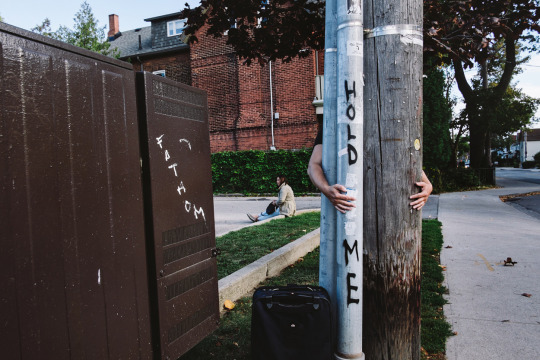
We are all shaped by our environments. I am a child of the city.
*An early version of this piece was published in City of Words edited by Sarah Elton (Cormorant Books, 2009).

